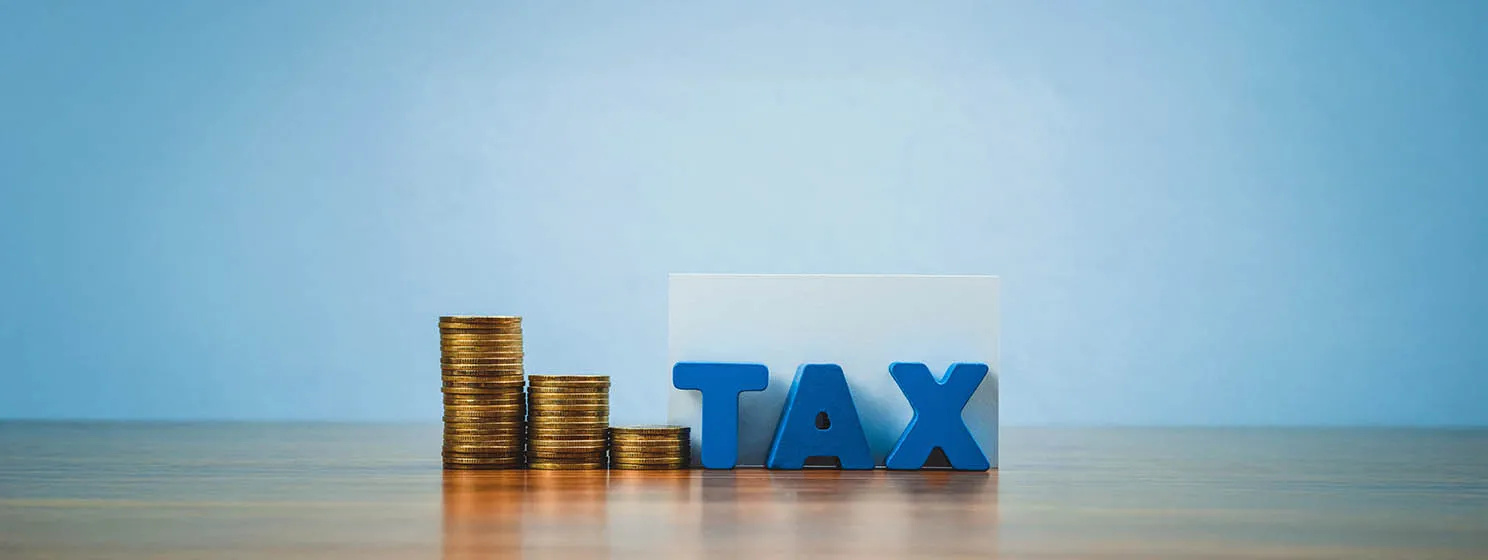|
Getting your Trinity Audio player ready...
|
China continues to explore the potential benefits of blockchain technology despite its well-known dislike of speculative digital asset trading. This week, representatives from the Conflux Network project announced they had participated in a demonstration meeting for a “super-large-scale blockchain basic platform for the Belt and Road” in Shanghai.
Other attendees at the event on March 30 included representatives from the China Academy of Information and Communications Technology, Shanghai Jiao Tong University, Fudan University, and Shanghai Maritime University. According to Conflux Network’s
announcement, others from China’s Industrial Development Promotion Center of the Ministry of Industry and Information Technology and the Shanghai Science and Technology Commission were also present.
Launched in November 2020, Conflux Network describes itself as a “PoW/PoS hybrid blockchain without barriers.” Like BSV blockchain, it claims “unmatched scalability,” security, low fees, a focus on openness but with regulatory compliance, and parallel transaction processing using “tree graphs” to lower confirmation times. Its native asset is the $CFX token.
Conflux also said the event was based on a discussion of requirements related to China’s international “Belt and Road” initiative, a government program to streamline physical and electronic trade routes. The aim was to develop a blockchain platform and demonstration applications that fulfilled these needs, supporting “multi-country deployment and multi-subject collaborative supervision” and “cross-border cooperation in the economic, trade and cultural fields.” (Any open-blockchain network would support these functions.)
Some technology press outlets claimed the event was further proof the Chinese government remains interested in blockchain technology despite its speculative asset and mining bans over the years (which it is). However, this event should not be seen as an official government endorsement of any one blockchain over others. Its use of the term “Belt and Road” in the event’s title is simply stating its focus and should not be taken as a claim to be an official component of the B&R initiative.
Yes, China is still looking at blockchain
To be fair, Chinese authorities have never dismissed blockchain technology, despite years of the “China bans BTC” media trope. Their main objection was always to the wild market speculation (and associated scams) that came with digital assets. With increasing amounts of new wealth in the population forming a relatively naive retail investment market, China had valid concerns that millions could lose their life savings trading digital trinkets—and there had already been examples of this. There were also concerns that block reward mining operations were exploiting energy subsidies in some regions to enrich themselves.
China has maintained an interest in blockchain technology development despite its restrictions on ICOs and other speculative digital assets. The country has hosted several conferences over the years aimed at exploring what other benefits blockchain could provide.
The People’s Bank of China (PBoC) has conducted its own research into using digital currencies since 2014—the same year the first “China bans Bitcoin” rumors arose—and for several years hinted it was developing a CBDC (central bank digital currency) of its own at some point.
That currency, officially named “digital renminbi (RMB)” and also commonly called the “digital yuan” and “e-CNY” became the first CBDC-like asset to undergo public use trials in 2020. E-commerce and IT firms Alibaba (NASDAQ: BABA) and Tencent (NASDAQ: TCTZF) joined in, as did Huawei, JD.com, and credit card company UnionPay, as well as big-brand merchants.
Even though the digital RMB gets frequent press in blockchain industry media, it does not run on a blockchain base. The PBoC has also said the currency is intended to make local cash transactions easier in daily life, but it isn’t intended to replace bank account savings. The central bank has also said the digital RMB shouldn’t be used internationally and (in answer to other rumors) isn’t meant to replace globally-used currencies like the U.S. dollar.
Watch: How blockchain will keep AI honest

 07-08-2025
07-08-2025 





